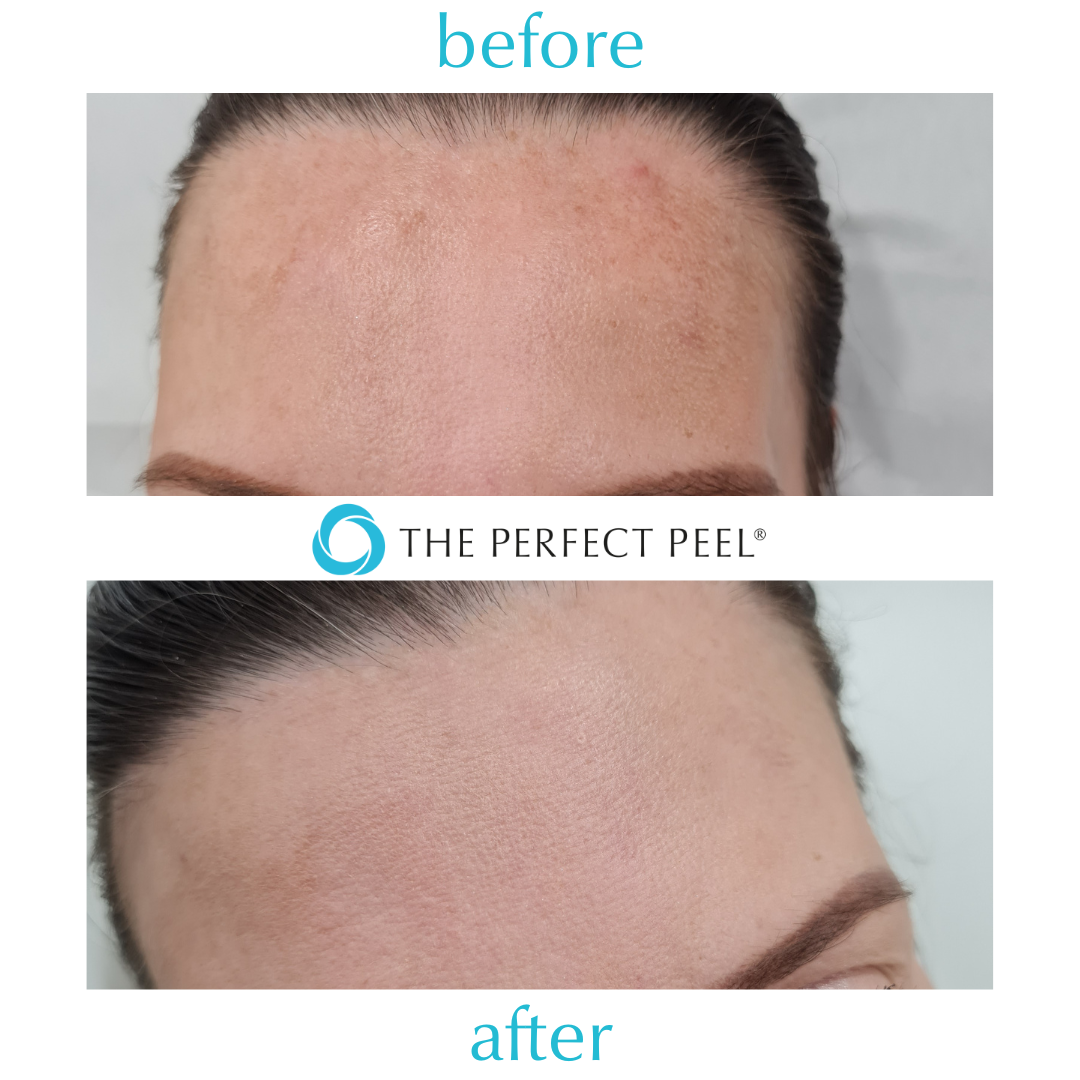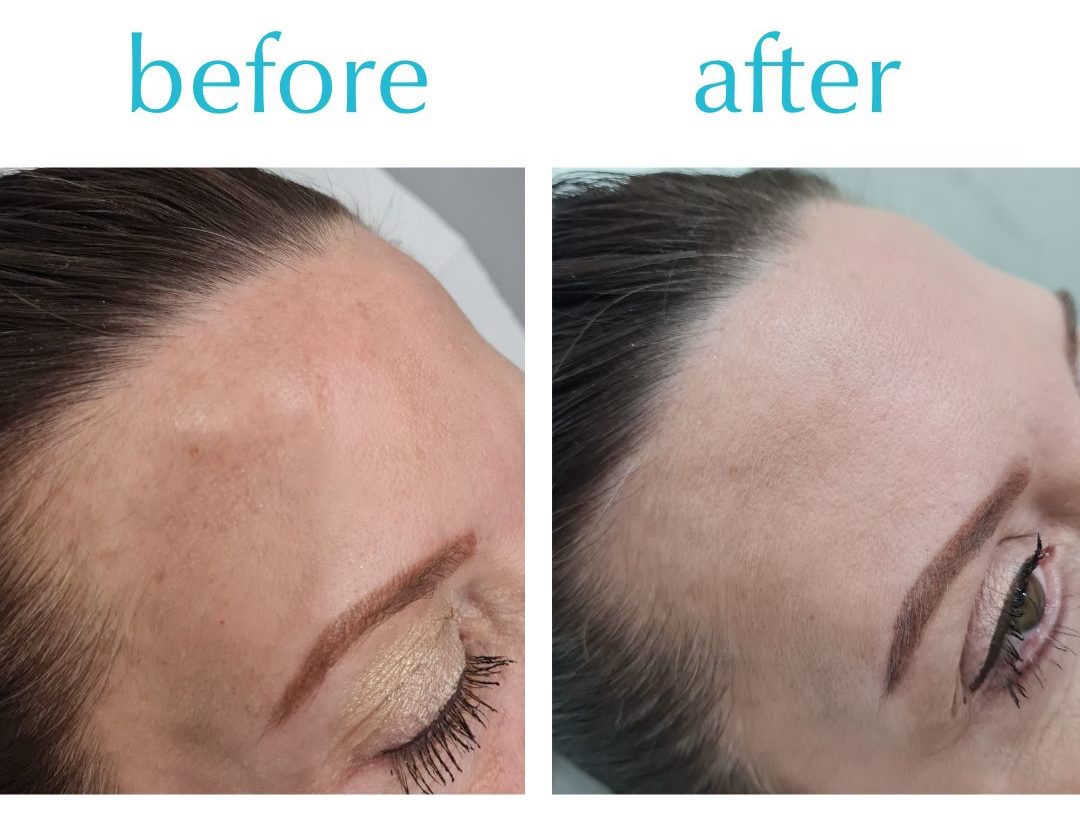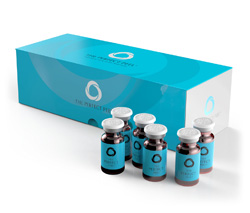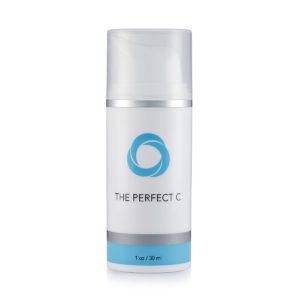
Melasma and Chemical Peels
What is Melasma?
Melasma, also called ‘chloasma’ and ‘pregnancy mask’, is a common skin condition in which brown or greyish patches of pigmentation (colour) develop, usually on the face. The skin patches that form are usually darker than your natural skin tone. Melasma is more common in women, particularly during pregnancy (up to 50% of women may be affected). Sometimes, men may also be affected. Melasma is more common in people of colour and those who tan very quickly however, it can occur in anyone.
Melasma usually becomes more noticeable in summer and improves during winter. It is not an infection therefore it is not contagious and not due to an allergy. The skin condition is not cancerous and will not develop into skin cancer.
What is the Main Cause of Melasma?
The exact cause of melasma is unknown; it is thought to be because pigment-producing cells in the skin (melanocytes) produce too much pigment (melanin). Several factors can contribute to the development of melasma:
- pregnancy
- hormonal drugs such as birth control pills and hormone replacement therapy
- thyroid problems that affect hormones (this is rare)
- other medications (anti-epileptics)
- exposure to ultraviolet (UV) light from the sun and the use of sun-beds or phototherapy
Melasma is more common in people with a family history of the condition, but it is not hereditary.
Where Does Melasma Normally Appear?
Melasma typically occurs on the face and is symmetrical, with matching marks on both sides of the face.
Brownish/greyish coloured patches usually appear on the:
- cheeks
- forehead
- upper lip
- bridge of the nose
- chin
Other areas of the body, that are often exposed to the sun, can also develop melasma such as the neck and forearms. The skin discoloration doesn’t do any physical harm but the skin condition may cause self consciousness.
Will Melasma Go Away?
At present, there is no cure for melasma but it may go away on its own. This usually happens when the trigger that causes melasma, such as pregnancy or a medication stops.
There are several treatment options which may reduce its appearance. The first step in treating melasma is confirming with a dermatologist or skin specialist that your darkened skin patches are indeed melasma and determining what is causing it. Treating melasma is unlikely to be effective if the underlying cause isn’t addressed. Melasma can also last for years or even a lifetime. While melasma cannot harm your body, it is understandable that many people want to treat it.

Melasma Treatment
It is important to consider your skin tone, how deeply the melasma reaches into your skin and any melasma triggers you may have. Sunlight, taking birth control pills, and even stress can trigger melasma.
The goals of treatment are to:
- Decrease how much pigment your body makes.
- Even out your skin tone, restoring it to your natural colour.
Chemical Peels
Chemical peeling is the application of a chemical agent to the skin, which causes the controlled damage of a part or of the entire epidermis, with or without the dermis. This leads to exfoliation and removal of superficial lesions, followed by the regeneration of new epidermal and dermal tissues. Chemical peels are a well-known modality of treatment for melasma. The basic mechanism of the action of chemical peels in melasma is the removal of unwanted melanin by causing a controlled chemical burn to the skin. Peels have proved to be useful agents for melasma both as a sole treatment as well as an adjunct to other topical therapies.
Although a wide variety of agents are available for chemical peels, the choice becomes relatively limited when you are treating a patient with a Fitzpatrick skin type IV or above. This is because the deep chemical peels cannot be used in dark-skinned patients owing to the risk of prolonged hyperpigmentation. However, The Perfect Peel is suitable for all Fitzpatrick skin types. Please speak to your nearest practitioner about this.
Cosmetic products with medical benefits
Skin lightening creams
Some skin-lightening creams contain a combination of two or three ingredients to make them more effective, such as with The Perfect Peel’s blended formulas.
Find a Perfect Peel Trained Professional / Clinic Near You
To find your nearest clinic offering The Perfect Peel, visit our Clinics page.








